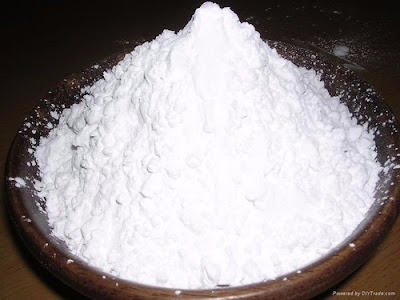The Science Behind Copper Sulphate Crystals and Their Uses
Copper sulphate, also known as cupric sulphate or blue vitriol, is a chemical compound with the formula CuSO4. It is a versatile substance with various industrial, agricultural, and scientific applications. In this blog post, we will delve into the science behind copper sulphate crystals, explore their distinctive properties, and discuss their wide-ranging uses.
Understanding Copper Sulphate :
Copper sulphate is a bright blue, crystalline solid that is soluble in water. It is produced by treating copper metal or copper oxide with sulphuric acid. The chemical formula for copper sulphate is CuSO4, with the copper ion (Cu^2+) bonded to four oxygen atoms and one sulphur atom. Copper sulphate is commonly available in two forms: anhydrous copper sulphate (CuSO4) and copper sulphate pentahydrate (CuSO4·5H2O), which contains five water molecules.
Copper Sulphate Crystals :
One of the most distinctive features of copper sulphate is its ability to form striking blue crystals. When copper sulphate pentahydrate is dissolved in water and allowed to evaporate, blue crystals of copper sulphate are formed. These crystals are monoclinic, meaning they have a unique molecular structure that contributes to their stability and solubility.
Properties of Copper Sulphate:
Copper sulphate exhibits several key properties that make it valuable for various applications:
1. Color: Copper sulphate is renowned for its vibrant blue color, which is a result of the absorption and reflection of light by the copper ions in the crystal lattice. The intensity of the blue color can vary depending on factors such as concentration and crystal size.
2. Solubility: Copper sulphate is highly soluble in water, meaning it readily dissolves to form a homogeneous solution. This property makes it suitable for use in aqueous solutions and allows for easy application in various industries.
3. Hygroscopicity: Copper sulphate pentahydrate has hygroscopic properties, meaning it can absorb moisture from the atmosphere. This characteristic makes it useful as a desiccant or drying agent in certain applications.
4. Toxicity: While copper sulphate is widely used in industry and agriculture, it is important to handle it with care due to its toxic nature. Ingestion or prolonged exposure to copper sulphate can cause gastrointestinal irritation, nausea, vomiting, and other adverse health effects.
Applications of Copper Sulphate:
Copper sulphate has a diverse range of applications across multiple industries:
1. Agriculture: Copper sulphate is commonly used as a fungicide and herbicide in agriculture to control fungal diseases and weed growth. It is also used as a soil additive to correct copper deficiencies in crops.
2. Water Treatment: Copper sulphate is used in water treatment processes to control algae and bacterial growth in lakes, ponds, and swimming pools. It effectively kills algae and inhibits microbial growth, ensuring clean and safe water.
3. Electroplating: Copper sulphate is utilized in electroplating processes to deposit a layer of copper onto metal surfaces. This electroplating method enhances the appearance, durability, and conductivity of the coated materials.
4. Laboratory Reagent: In laboratories, copper sulphate is employed as a reagent for various chemical tests and experiments. It is particularly useful in qualitative analysis and as a catalyst in organic synthesis.
5. Education and Research: Copper sulphate crystals are commonly used in educational demonstrations and research experiments to illustrate crystallization processes and study crystallography.
Conclusion:
Copper sulphate is a versatile compound with a wide range of applications in industry, agriculture, and scientific research. From its distinctive blue crystals to its effectiveness as a fungicide and electroplating agent, copper sulphate plays a vital role in numerous fields. By understanding the science behind copper sulphate and its diverse properties, we can appreciate its importance and harness its potential for various practical purposes.




Comments
Post a Comment